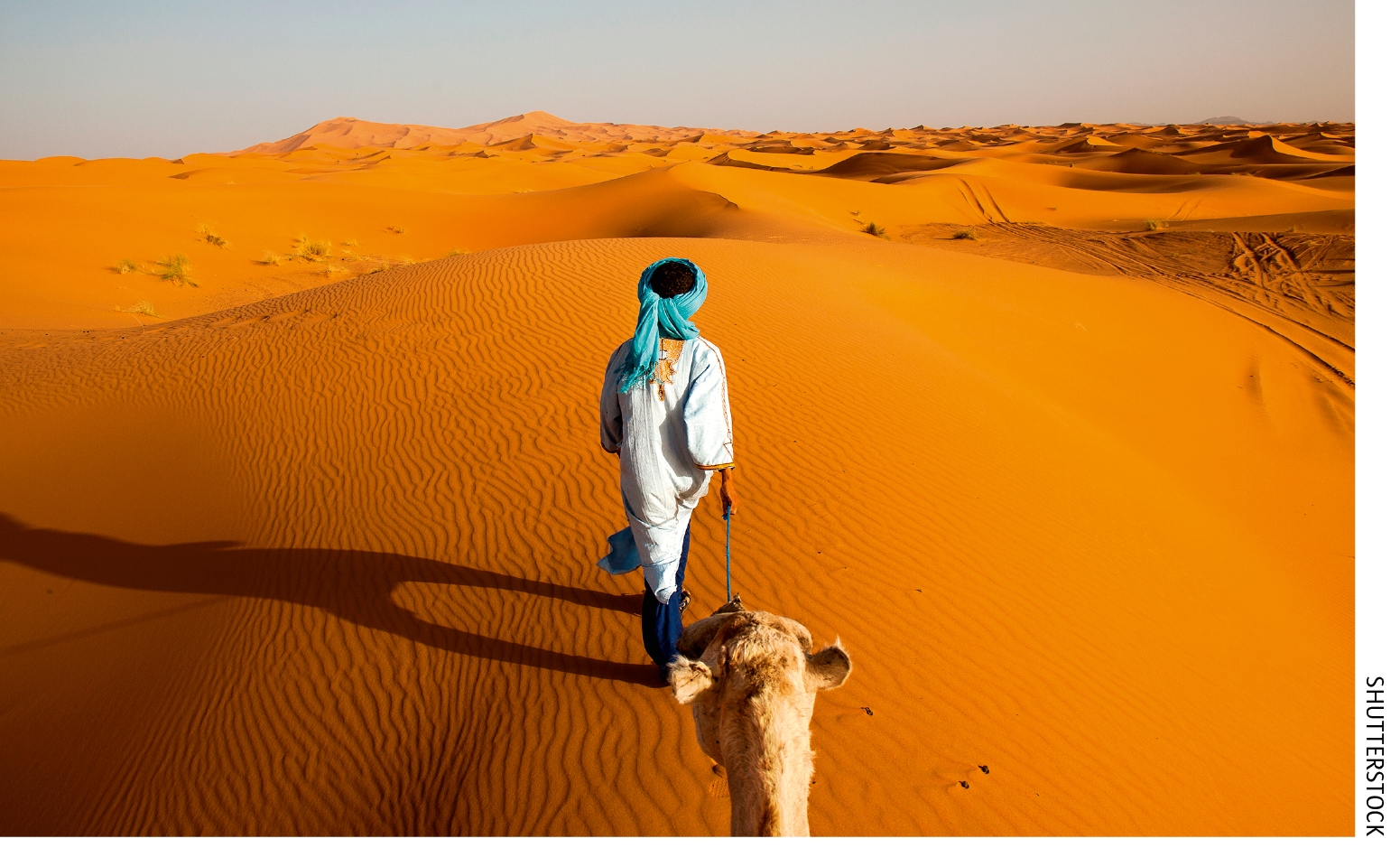
Fossils in the bone-dry Sahara Desert reveal that the sand dunes are located in what was previously a moist, fertile region. Scientists used to believe that the Sahara switched between dry and moist climates with the ice ages, at a rhythm of some 100,000 years. But according to new scientific research, it happens much more frequently.
Scientists read the climate change in sediments on the ocean floor off the coast of Africa, as large quantities of sand blow from the desert to the ocean. Previously, scientists used the thickness of the layers to estimate how dry the Sahara was at different times. The more dry the climate, the more sand, and the thicker the ocean floor sediments. Now, US scientists have used a more accurate method by researching drill cores from the ocean floor covering the past 240,000 years. Sand grains from the Sahara attract small quantities of thorium as they fall down through the water column to rest on the ocean floor. The greater the concentration of thorium in a layer, the more moist the climate. The few sand grains left from periods with a moist climate have attracted more thorium, as more thorium was available to each of them.
The new method gives us a fresh impression of climate change in the Sahara as occurring once every 20,000 years, following the rhythm of Earth’s axis.







CGI Flythrough
July 21, 2019
Nice post